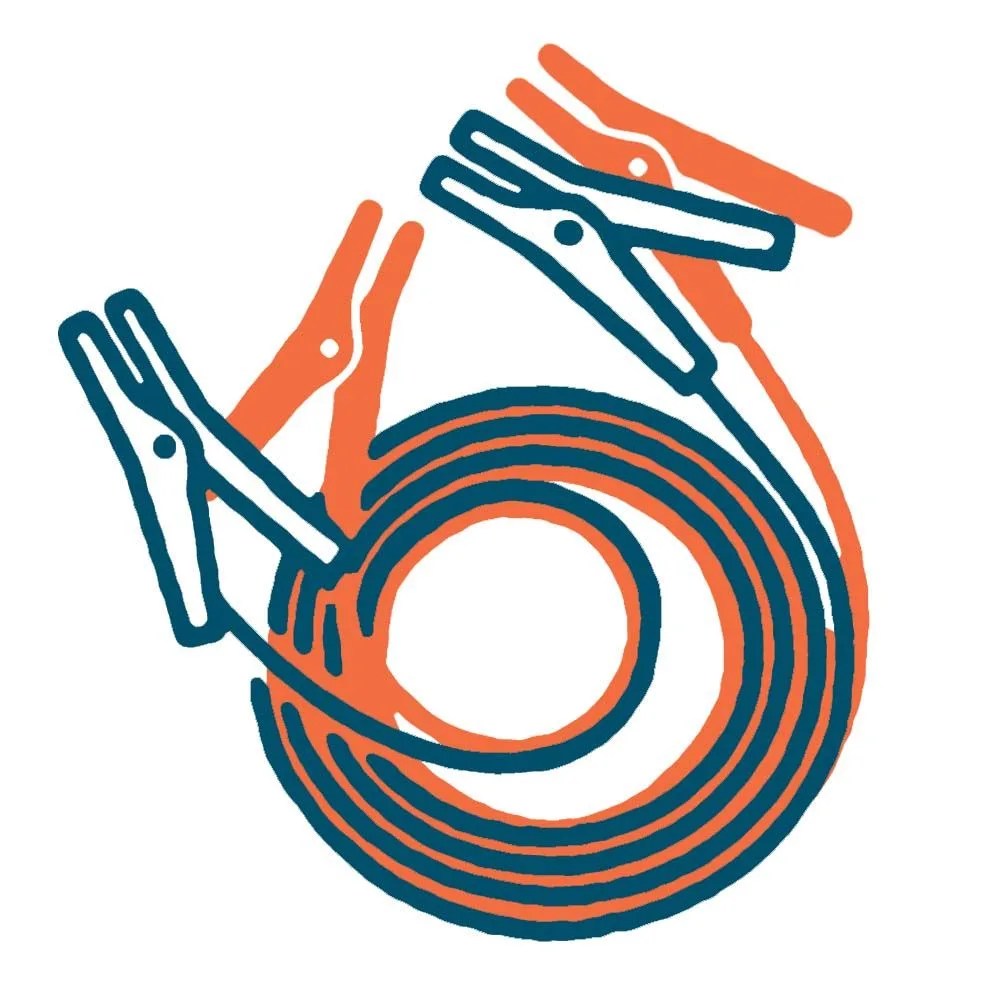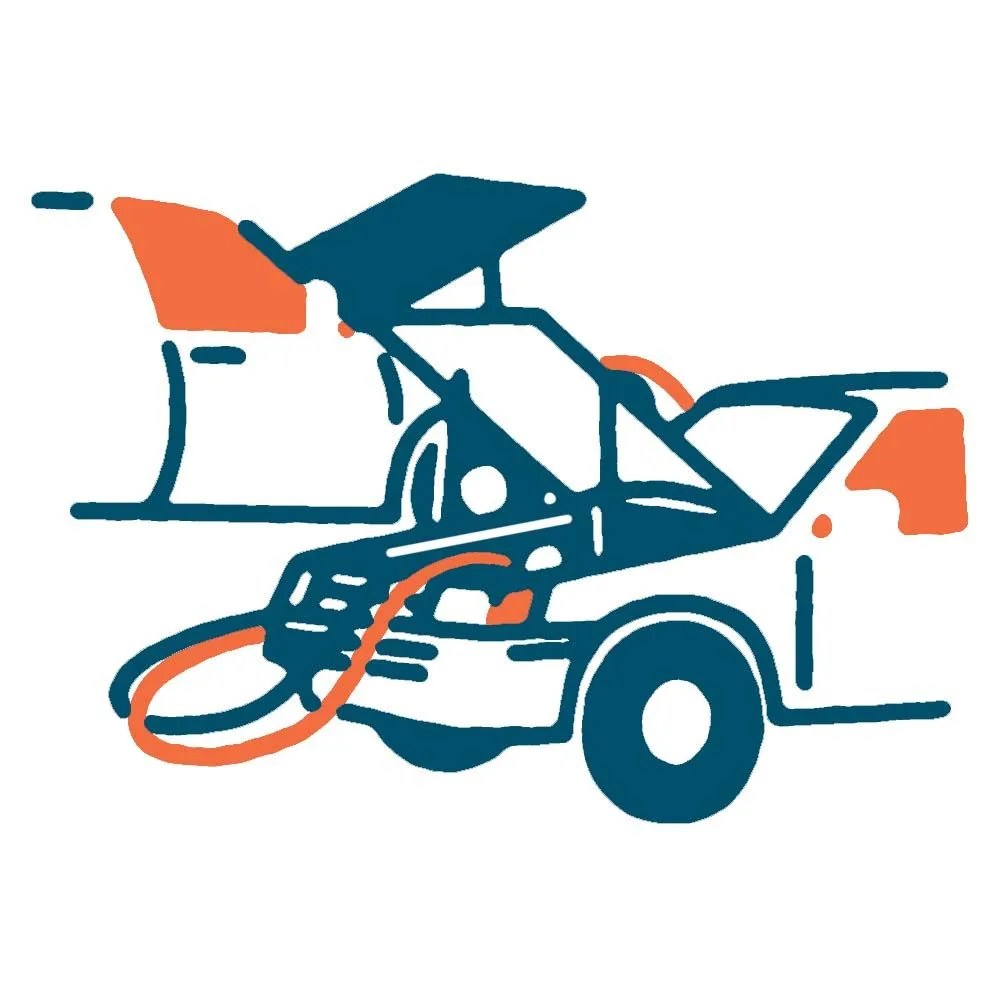Editor’s Note: In this limited series, Under the Hood, we’ll share do-it-yourself tips for drivers who want to wrench their own cars, no matter their skill level.
The dreaded dead battery: one of the most common “user error” issues car owners suffer. You slip into the driver’s seat (if you can even unlock the door) and turn the key, but instead of the expected ‘purring engine’ soundtrack, you’re greeted with… silence. And horror. Your day’s itinerary flashes in front of your eyes. Suddenly, you’re stranded and helpless.
Thankfully, drained batteries are less common in the days of automatic lights and other clever tech fail-safes built into modern cars. But, knowledge is power, and whether you need just enough juice to get to an auto shop and replace a dead battery or just need to start the car after leaving your dome light on, here’s what you should know about jumpstarting.
First, Know Your Battery’s Age
Separate from battery issues and jumpstarting techniques, it’s generally important to know when your current car battery was installed. Batteries lose capacity as they age, so this info could, in theory, save you from any issues in the first place. The typical car battery has a lifespan of three to five years, so make sure to keep track of its performance once you cross the three-year threshold.
Keep Jumper Cables Handy
(Purchase any supplies and tools from eBay Motors or your retailer of choice.)

Even if you haven’t yet had the pleasure, dead batteries are super common. Stowing the right equipment alongside your car jack could make you a hero to strangers in need. You’ll find jumper cables for sale at most big box stores and automotive parts stores, and of course, online. The issue is that many jumper cables are cheaply made, meaning they could fry after a single use or, worse yet, not function at all. It’s worth buying quality cables with a proper gauge, or thickness. The lower the gauge number, the thicker the cable; the thicker the cable, the more electricity it can handle; bigger engines need lower gauge wires. Most vehicles will do perfectly well with 4- or 6-gauge cables, but if you have a big truck or similar, looks for 2-gauge.
How to Use Jumper Cables

If you’re stranded without cables and have successfully flagged down a cable-owning good samaritan or called someone you know, positioning their car correctly is the first step. Jumper cables need to reach from their car battery to yours with some slack left over, so have them park quite close, either nose-to-nose with or directly parallel to your car.
Remove any battery cover and visually inspect your battery for disconnected wires/terminals or corrosion. Before connecting any cables, carefully wipe away any corrosion using a cloth of some kind, taking care not to touch the terminals with anything made of metal. Identify the positive and negative battery terminals – these are almost certainly marked with a + and -, respectively. Once you’re ready, do the following:
- Turn off the ignition in both cars.
- Connect the red, positive jumper cable to the positive terminal of your battery and then the other end of the same red cable to the positive terminal of the other battery.
- Connect the black, negative cable to your dead battery, followed by the negative terminal of the other battery.
- Now, turn on the ‘donor’ car, and after it runs for about five minutes, try starting your car.
- If it does start, leave it running and carefully disconnect the cables. If it doesn’t start, re-check cable connections and leave it for another several minutes before trying again.
- If your battery is totally shot and still won’t start, ask for a ride.


